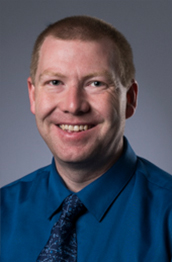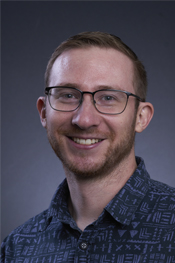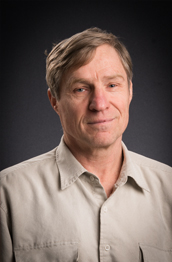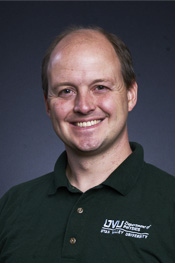If you are interested in any of these areas, please contact the Physics Advisor, or
Department Chair.



















Christian Draper
Assistant Professor
Research Areas
Dwarf galaxies,
Cosmic voids,
Dark matter



Vern Hart
Assistant Professor
Research Areas
Sparse Tomography,
Medical Imaging,
Cellular Scattering,
Machine Learning

Joe Jensen
Professor
Research Areas
Extragalactic
distance scale,
stellar populations,
cosmology

Joshua Lothringer
Assistant Professor
Research Areas
Exoplanets,
Brown Dwarfs, Stars

Phil Matheson
Professor
Research Areas
Plasma Physics,
Perturbed angular
correlation to
characterize defects in
solid materials


Alex Panin
Lab Manager/Instructor
Research Areas
Laser Physics,
Plasma Physics,
General Relativity

John Powell
Lecturer
Research Areas
Stellar evolution,
Stellar populations
Yellow giant stars

Dustin Shipp
Assistant Professor
Research Areas
Biomedical optics,
Raman spectroscopy,
Physics education

Cyrill Slezak
Professor
Research Areas
Computational Physics,
Biophysics,
Physics education

Paul Weber
Associate Professor
Research Areas
Particle Physics,
Solid State Physics,
Device fabrication,
Nanotechnology
